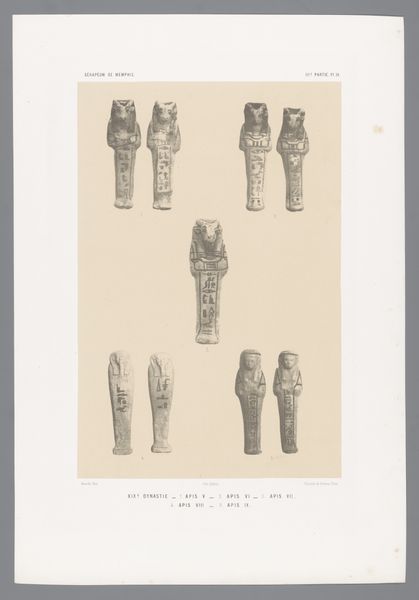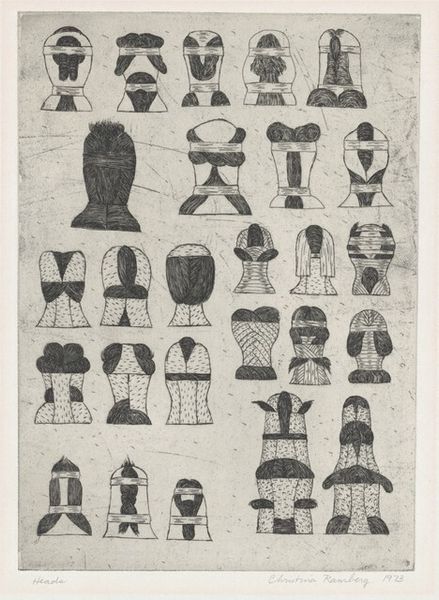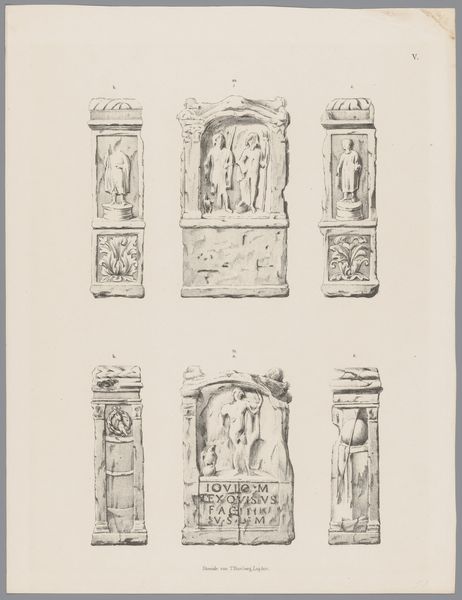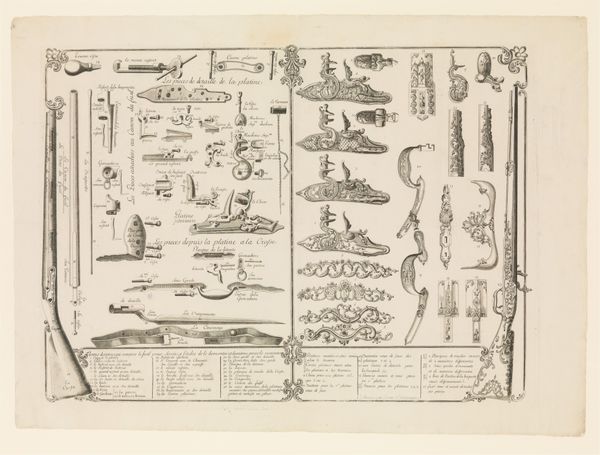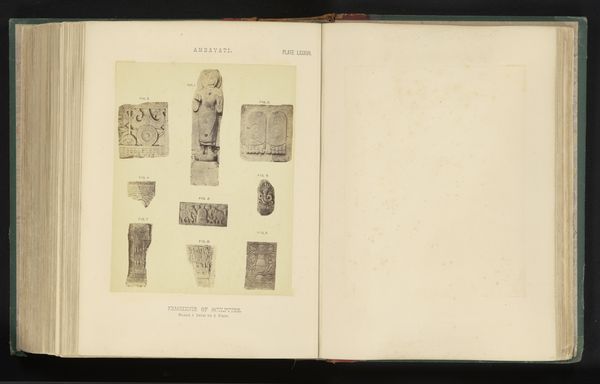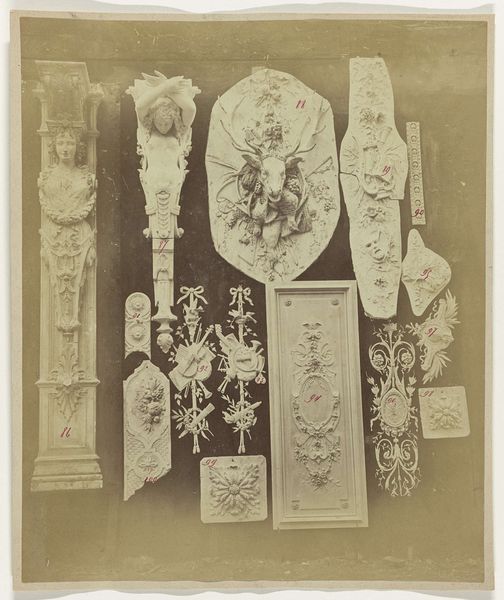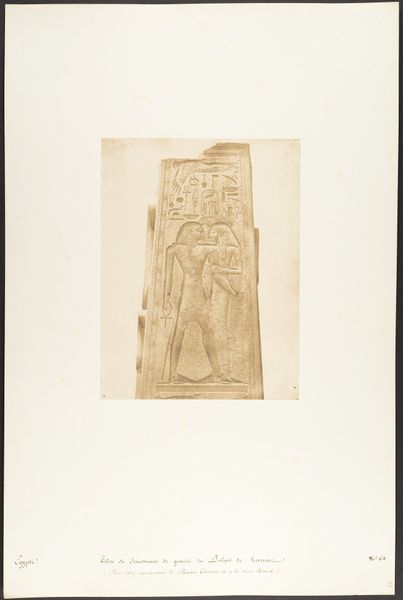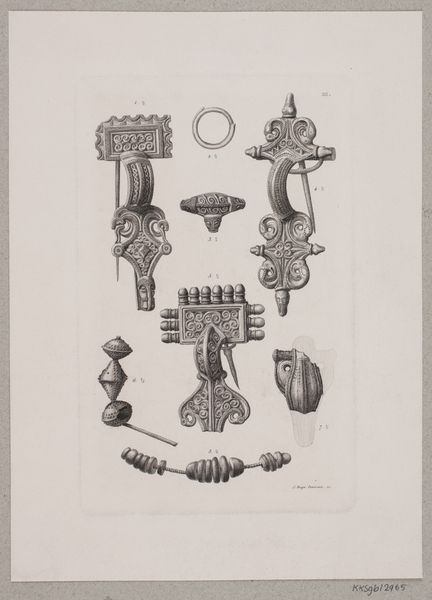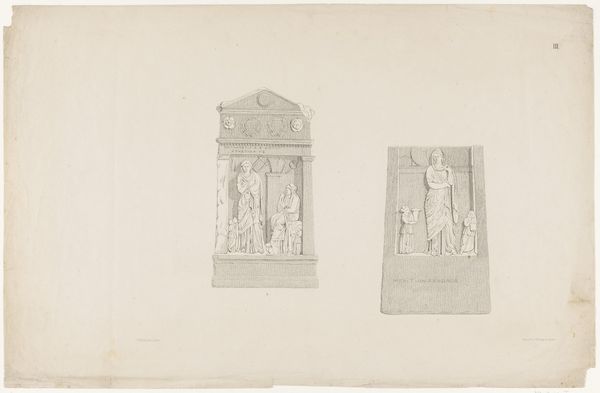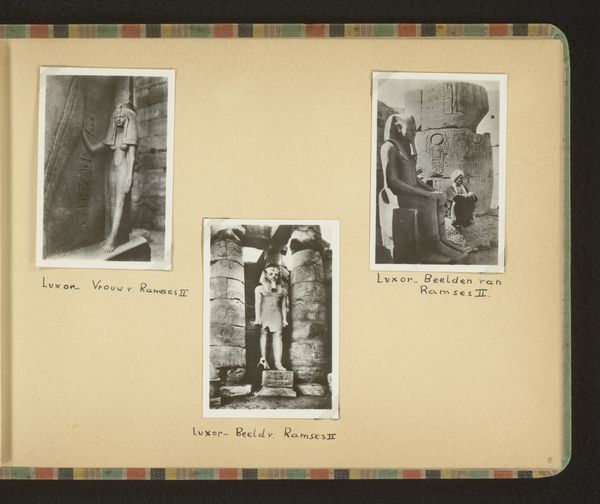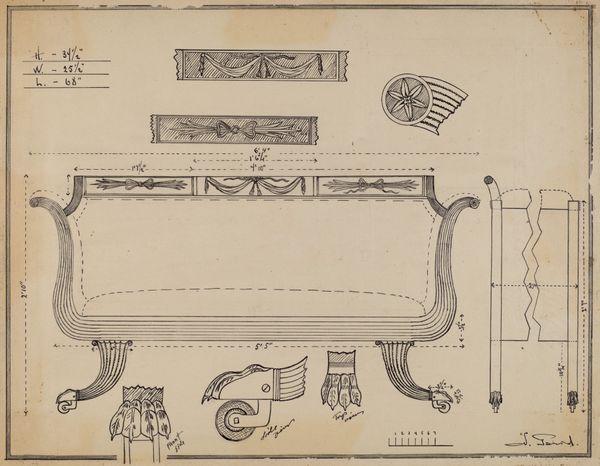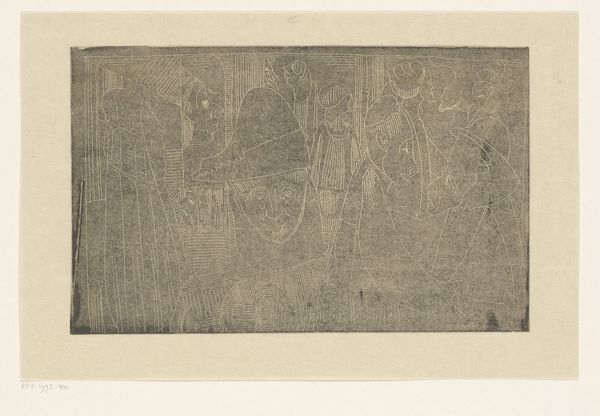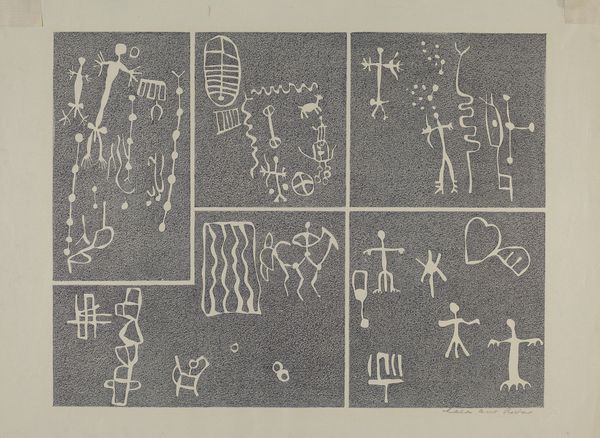
Drie sarcofagen, twee dorpsstichtingsstenen en details van architectuurelementen en bamboepalen, Minahasalanden, Noord-Celebes c. 1821 - 1824
0:00
0:00
drawing, paper, watercolor, pencil
#
drawing
#
water colours
#
muted colour palette
#
landscape
#
indigenism
#
figuration
#
paper
#
watercolor
#
geometric
#
pencil
#
watercolour illustration
#
watercolor
Dimensions: height 410 mm, width 550 mm
Copyright: Rijks Museum: Open Domain
Adrianus Johannes Bik created this watercolor drawing of sarcophagi, village foundation stones, architectural elements and bamboo poles from Minahasalanden, North Celebes. It was made sometime in the first half of the 19th century. Bik worked as a draughtsman for the Dutch government, creating visual records of the region's ethnography. These drawings were meant to document and classify the cultural landscape of the Dutch East Indies. This piece offers insight into the spiritual and architectural practices of the Minahasa people, including their burial traditions and village construction. Although it seems like a neutral record, we must consider the impact of colonial perspectives of non-Western cultures. While providing some preservation of cultural heritage, this type of documentation often served to reinforce the power dynamics inherent in colonial rule, reducing people to mere objects of study. What stories do you think are left untold in this seemingly straightforward representation?
Comments
No comments
Be the first to comment and join the conversation on the ultimate creative platform.
